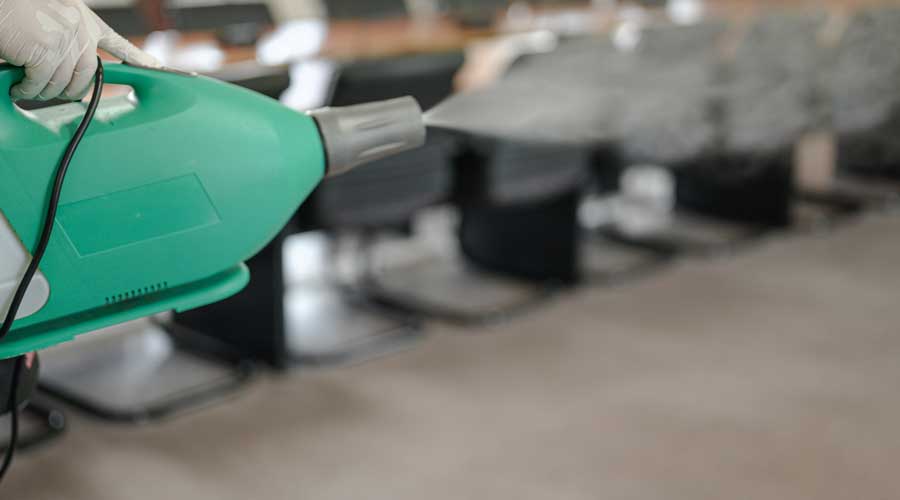
COVID-19 and Potential Benefits of Unused Facilities
July 20, 2020
Institutional and commercial facilities that sit unused have burdened organizations for years. The buildings drain valuable resources – time and money for inspection, repair and maintenance – from an organization’s core mission, and they contribute nothing to the core mission.
The coronavirus pandemic has created a host of challenges for facility managers, but as organizations seek expanded workspaces for returning occupants, has it also created several potential benefits from unused and underused facilities?
Research suggests that underused government offices, empty parking lots and shuttered public schools could help solve a community’s shortage of affordable housing or senior care facilities, according to the Harvard Business Review. The U.S. government alone owns an estimated 45,000 underused or underutilized buildings, plus abundant surplus land. As a result of the current pandemic, organizations across the public and private sectors are recognizing that many workers do not need to be in the office every day to get work done. This underutilized space and property represents enormous untapped value that could be leveraged to finance investments in other areas.
One crucial step for managers is to help the organization identify underpopulated, obsolete or no-longer-desired properties that can be repurposed, if owned, or consolidated, if leased. Entities can unlock capital value from their owned properties by borrowing against equity that has built up over time, or they can consolidate leases and move to a centralized location, reducing their footprint and operating costs. For example, officials in Kansas City found that their unused school buildings could be worth up to $15 million if sold or otherwise repurposed — a welcome source of revenue for districts facing shrinking budgets.
Dan Hounsell is editor of Facility Maintenance Decisions.
Next
Read next on FacilitiesNet












